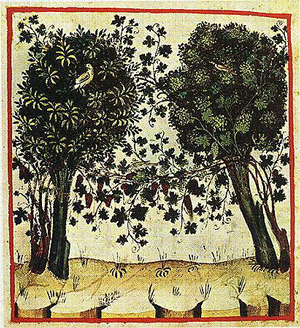
You, then, are my workers. You have come from me, the supreme eternal gardener, and I have engrafted you onto the vine by making myself one with you.
Keep in mind that each of you has your own vineyard. But everyone is joined to the neighbors’ vineyards without any dividing lines. They are so joined together, in fact, that you cannot do good or evil for yourself without doing the same for your neighbors.
–Catherine of Siena 1347-1380 “Dialogue, The Vines That Are Tended by the Divine Gardener “

